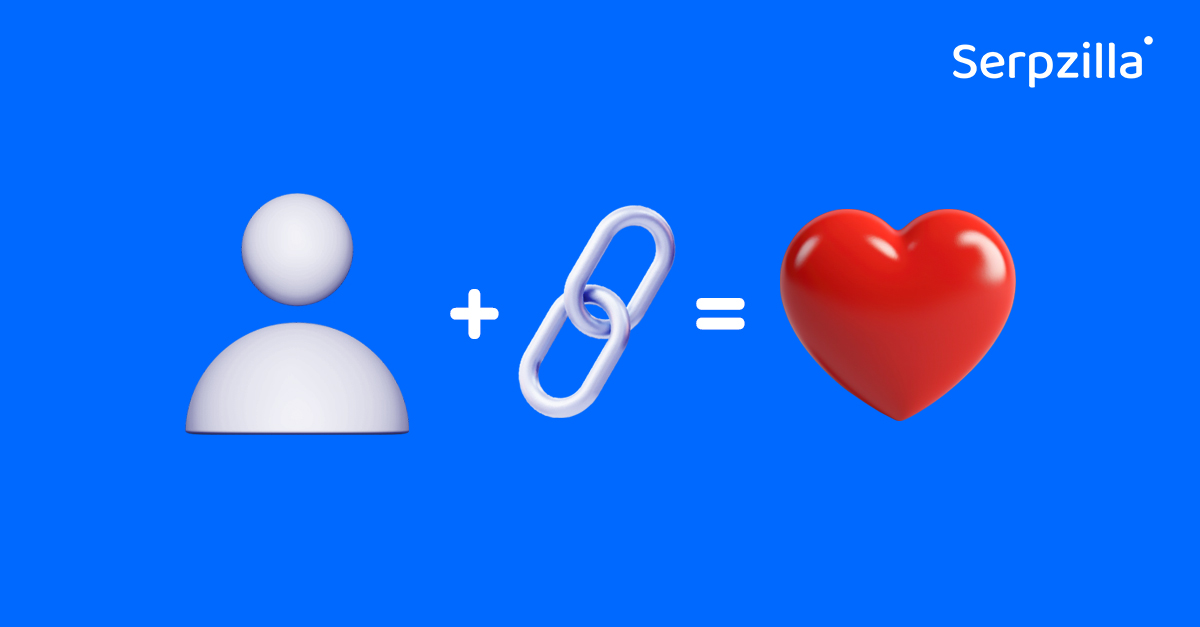f you’re reading this blog, chances are that you’ve a new website and want to try everything that helps you get to the top of the search engine rankings. Especially via link building.
And why not. Link building is certainly the way forward given the fact that 96.55% of all pages in our index get zero traffic from Google, and 1.94% get between one and ten monthly visits.
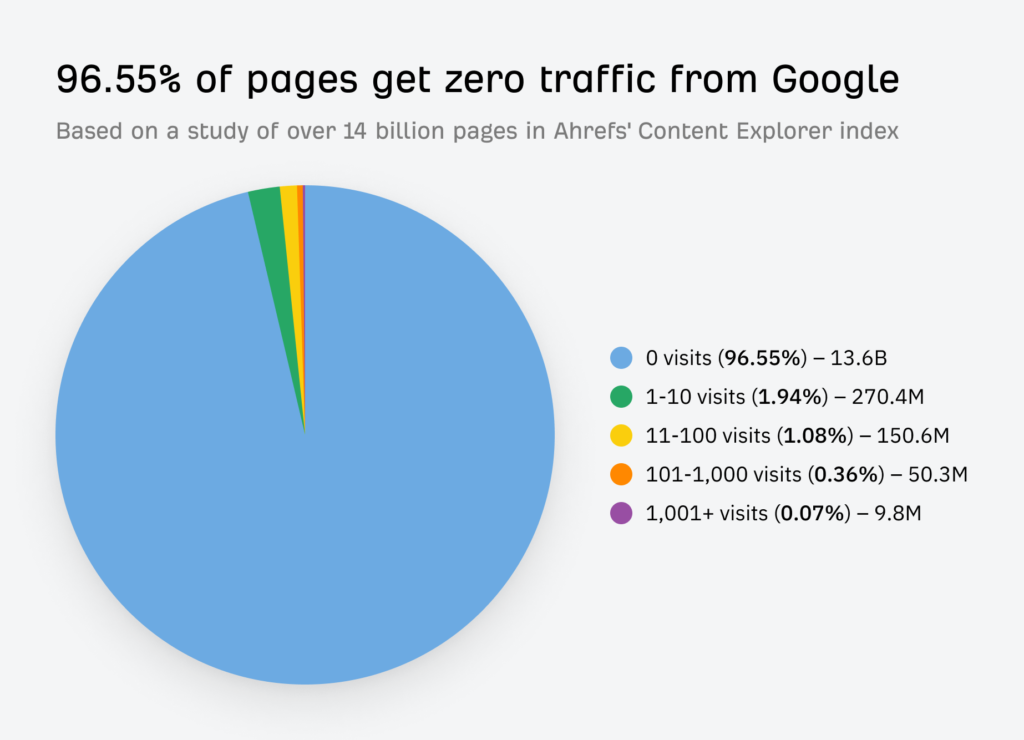
That’s not all, here are some more evidence of why link building is an exercise that all new website owners and SEO professionals should prioritize:
- Links are 1 of the top 2 criteria considered in Google’s page ranking algorithm, along with content quality. (Search Engine Land, 2022)
- A study by Ahrefs found a 0.68 correlation between the number of backlinks and Google rankings, one of the highest correlations of any factor. (Ahrefs, 2022)
- 93.8% of link builders say link quality is more important than link quantity. (Authority Hacker)
- Google’s page ranking algorithm regards links as one of the top two criteria considered. (Search Engine Land)
Pages ranking #1-3 have over 2x more backlinks on average than pages ranking #4-10. (Moz, 2021)
Understanding Link Building and Its Importance
Link building is a systematic process of acquiring hyperlinks from other websites that are mapped to your own website. Building links has several benefits, namely:
Why is Link Building Important?
- Improves Search Engine Rankings: Search engines, especially Google, view backlinks as endorsements. The more high-quality links a website has, the higher it tends to rank in search results. Imagine a recently launched e-commerce site selling eco-friendly bags. They secure a backlink from a popular fitness blog with the anchor text “Eco-Friendly Bags For Teens.” This link signals relevance and authority to Google, potentially boosting their ranking for relevant keywords and increasing their visibility in search results.
- Drives Traffic: Links from popular websites can lead significant traffic to your site, introducing your content or product to a broader audience. E.g. websites such as The Culture Trip feature your travel blog in a listicle, driving more relevant traffic to the blog.
- Build Relationships: Link building often involves outreach to other relevant websites and blogs in your industry. This outreach can help you build long-term relationships with key influencers, which can be incredibly valuable for your brand. Given that editors and publishers are flooded with several blog post requests, this is an important exercise especially when you’re carrying out guest posting.
- Increases Brand Visibility and Recognition: Getting featured on well-known websites can enhance your brand’s visibility and recognition, helping to establish your site as an authority in your field.
- Supports Referral Traffic: Links from high-quality websites can bring consistent referral traffic, contributing to your site’s overall user engagement and conversion rates.
Initial Steps Before Link Building
Before diving into link building for your new website, you need to take a few initial steps. In no particular order, these are:
1. Technical SEO Readiness:
- Site Audit: Conduct a thorough audit of your website. Once this is done, make sure that you check for broken links, improve site speed, ensure mobile responsiveness, and secure your site with HTTPS. Use tools like SEMrush and Google Analytics for this purpose.
- Optimized Site Structure: Having an organized site structure helps search engines and users navigate your site more effectively. Work on the menu, and make sure your website has great navigation across for seamless user experience.
- XML Sitemap and Robots.txt: Ensure that you have a sitemap.xml file to help search engines understand and index your site’s content. The robots.txt file should be used to control the crawling behavior of search engines on your site.
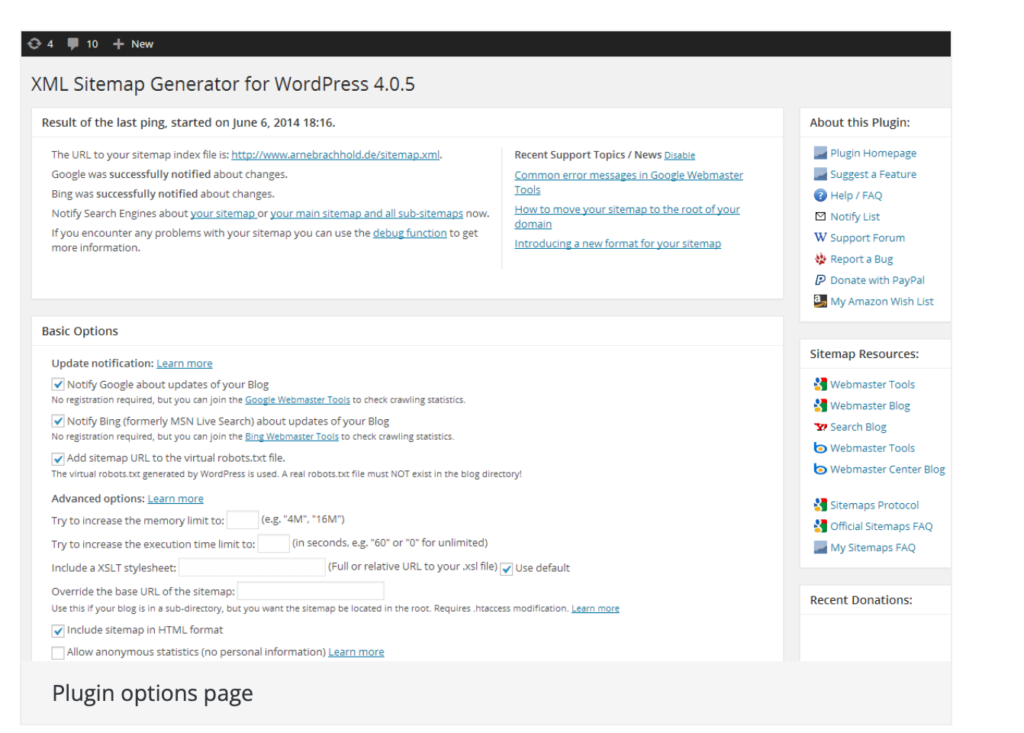
2. Quality Content Creation
Your website should have high-quality, relevant content that addresses your audience’s needs and interests. Ensure a mix of content types to cater to different preferences. Diverse content increases the likelihood of attracting backlinks from various sources.
For instance, Buzzfeed had successfully introduced a variety of quizzes, listicles, and interactive videos to capture attention and entertain, while subtly introducing their target audience to sponsored content.This led to the popularity of the site.

3. Throw Keyword Optimization In The Mix
Identify and target relevant keywords within your content. This will help improve your content’s visibility in search results for those terms. You may also want to understand keyword clustering to maximize this effort.
At the same time, analyze your competitors’ websites to understand their link-building strategies, content themes, and audience engagement tactics.
4. Defining Your Niche and Understanding Your Audience
Clearly define your target audience. Understand their interests, challenges, and what kind of content they are likely to engage with and share. One of the best ways is to create user personas from scratch and then work towards fulfilling what they want in their journey.
Developing a Link Building Strategy for New Websites
Creating a link-building strategy is a critical step for new websites to gain visibility and improve search engine rankings. This section delves into the key components of developing a successful strategy.
1. Setting Realistic Goals and Timelines
Establish what you want to achieve with your link-building efforts, such as increasing domain authority, driving traffic, or improving rankings for specific keywords. At the same time, you need to understand that link building is a gradual process. Set realistic timelines for achieving your goals, keeping in mind the newness of your website.
2. Creating a Content Strategy That Attracts Backlinks
Develop a content calendar that outlines the types of content you will create. This could include blogs, videos, infographics, or podcasts, tailored to attract backlinks naturally.
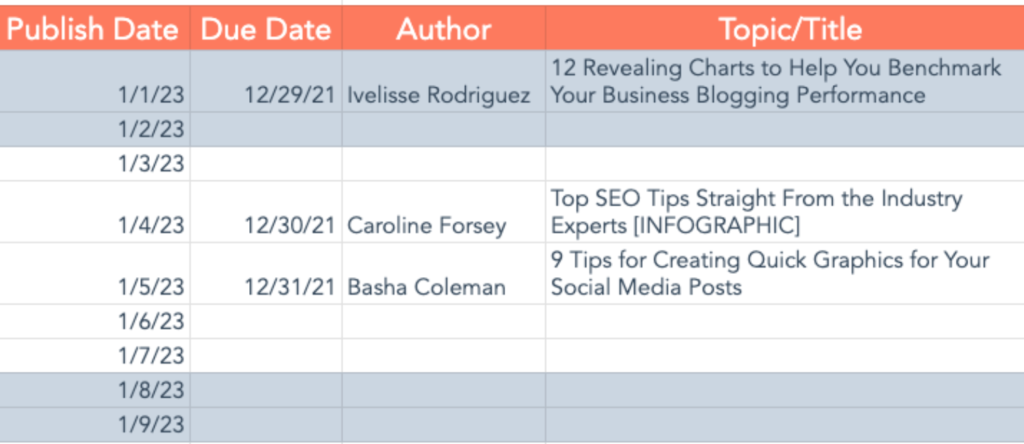
3. Identifying Potential Link Opportunities
Identify websites, blogs, and forums where your target audience spends time. These are potential sources for backlinks. Communities like Superpath are great low-hanging fruits to keep an eye on trends and know where your users are.
4. Establishing Relationships for Link Acquisition
Build relationships with industry bloggers, journalists, and influencers. Networking is crucial for gaining backlinks and improving your website’s visibility. You can also attend various events such as Moz Con to meet and greet several industry thought leaders and build a rapport with them. This pays off in the longer term.
Tactics for Effective Link Building
1. Guest Blogging on Relevant Platforms:
- Identify Target Blogs: Research blogs and websites in your industry that accept guest posts. Look for sites with good domain authority and a relevant audience.
- Pitch Unique Content: Develop unique content ideas that provide value to the blog’s audience. Personalize your pitch to increase the chances of acceptance.
2. Utilizing Social Media to Amplify Content and Attract Links:
- Share Content Widely: Use your social media channels to share your content. Engage with your audience to encourage sharing and drive traffic back to your site.
- Leverage Influencer Partnerships: Collaborate with influencers in your niche to share your content, expanding your reach and attracting backlinks.
3. Creating Shareable Infographics and Resource Lists:
- Develop Visually Appealing Infographics: Create infographics that present complex data in an easy-to-understand and visually engaging way. Infographics are highly shareable and can attract backlinks.
- Compile Comprehensive Resource Lists: Gather valuable resources in your industry into a comprehensive list. These are useful for your audience and can attract backlinks from other sites.
4. Reaching Out for Backlinks:
- Email Outreach: Send personalized emails to website owners, bloggers, and journalists to request backlinks. Explain how linking to your content will add value to their audience.
- Networking and Relationship Building: Attend industry events and join online communities to build relationships. Networking can lead to natural link-building opportunities.
5. Commenting and Participating in Community Forums:
- Active Participation: Engage actively in forums and comment sections relevant to your niche. Provide valuable insights and include links to your content where appropriate.
6. Internal Linking:
- Optimize Internal Links: Use internal linking strategically to guide visitors to related content within your site. This enhances the relevance and value of your content, making it more link-worthy.
Remember to consistently apply these link building tactics and adapt them as your website grows and evolves in the digital landscape.
Understanding and Acquiring Quality Links
There are several attributes that make a link high in quality. Here’s a checklist for the same:
- Authority
- From a High Authority Referring Domain.
- Linking Domain Ranks Well in Google.
- Linking Domain has a lot of Referring Domains.
- Relevance
- In the Same Niche as your site.
- Links mostly to content in the same niche.
- Uniqueness
- Does not link to all of your competitors.
- Links to Informational sources mostly.
- Traffic
- Has a Big Number of Visitors.
- Has an Active Readership. (if it is a blog)
- Has Good Social Media Exposure.
- Other Important Properties
- In-Content Link. (from a blog or content page)
- Few Links on the Linking Page.
- The Site Links only to Relevant Content.
- Non-Commercial Anchor Text Rich.
- Non-Sponsored.
2. Assess the Quality of Potential Link Sources
Utilize SEO tools to assess the domain authority and trust flow of potential link sources. Elevated scores typically signify a more advantageous link source. Scrutinize the content of the potential link source, as high-quality, pertinent, and consistently updated content implies a reputable site. Analyze the site’s backlink profile through SEO tools, with a focus on a robust backlink profile devoid of spammy links, which indicates a site of high quality.
3. Approaching Quality Link Sources
Implementing personalized outreach strategies is crucial in link-building endeavors. When contacting potential link sources, customize your communication to showcase a genuine understanding of their website and articulate how your content can contribute value to their audience. It’s essential to frame your outreach as a mutually beneficial arrangement by offering high-quality content in exchange for a link, fostering a collaborative relationship. Furthermore, focus on building enduring connections with fellow webmasters and content creators within your niche. Cultivating these relationships not only opens doors to immediate link-building opportunities but also establishes a foundation for sustained collaboration and shared success in the future.
Monitoring Your Progress and Adjusting Your Strategy
Once you’re set with your backlinking strategy and start following the process, also make sure that you do monitor your progress side by side and adjust the strategy as and when needed.
1. Tools for Tracking Your Backlinks and Evaluating Their Impact
Utilize tools like Ahrefs, SEMrush, or Moz to track your backlinks. These tools provide insights into the quality of backlinks, the domains linking to your site, and the pages they are linking to.
At the same time, monitor referral traffic to understand which backlinks are driving traffic to your site. An increase in referral traffic from a specific site indicates an effective backlink. Use the Google search console to see how your backlinks are influencing your search engine rankings. It shows which websites link to you and how your link-building efforts are affecting your search performance.
2. When and How to Adjust Your Link Building Strategy for Better Results
Regularly assess your link-building strategy to verify its alignment with your SEO goals. This involves examining both the nature of the acquired links and their respective sources. Given the dynamic nature of SEO, it is imperative to adjust your link-building tactics in response to alterations in search engine algorithms or shifts within your industry.
Stay abreast of evolving SEO trends and adhere to best practices. Should you observe that your backlinks are not yielding the anticipated enhancements in search performance, prioritize the acquisition of higher quality links to optimize your strategy.
Boost your SEO results! Link building has become fast and easy with Serpzilla. Buy quality backlinks on authority websites with high DR.
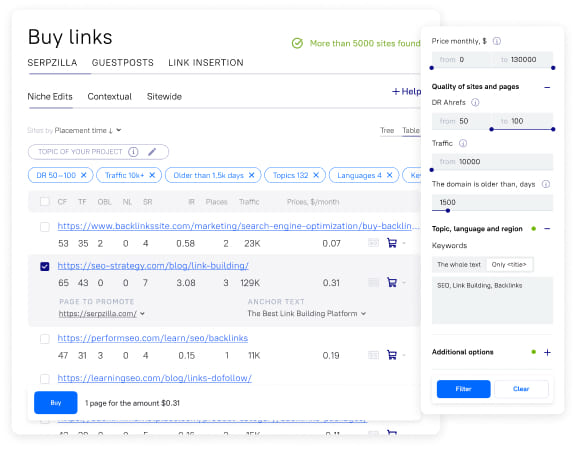
To Summarize
To recap, the following points form the basis of link building for new websites.
- Technical SEO Readiness: Ensuring your website is technically optimized for SEO before beginning link building.
- Understanding Your Audience: Knowing your target audience to create content and strategies that resonate.
- Realistic Goals: Setting achievable link-building goals within realistic timelines.
- Content Creation: Developing a content strategy that naturally attracts backlinks.
- Identifying Link Opportunities: Researching and identifying potential sites and platforms for backlinks.
- Quality Over Quantity: Focusing on acquiring high-quality, relevant links rather than amassing a large number of low-quality links.
- Monitoring and Adjusting: Using tools to track backlink progress and adjusting strategies based on results.
Engaging in link building demands a long-term perspective, as immediate results might not be apparent, but the rewards come with consistent and persistent efforts. It’s crucial to maintain patience and regularly review and refine your strategies to ensure their effectiveness. Stay attuned to evolving SEO trends and be prepared to adapt your tactics accordingly for sustained success in the dynamic digital landscape.







